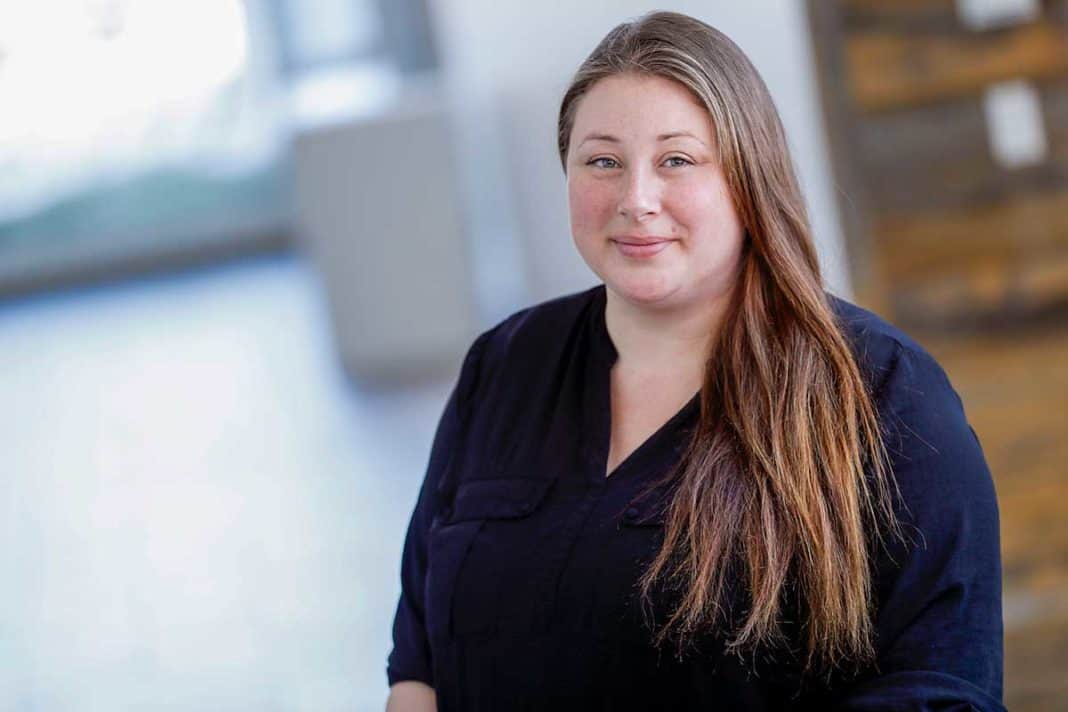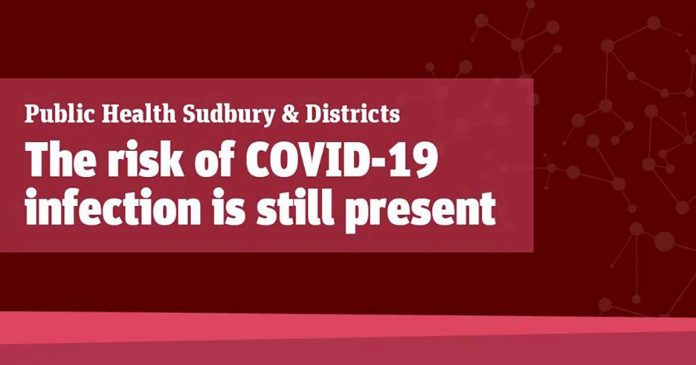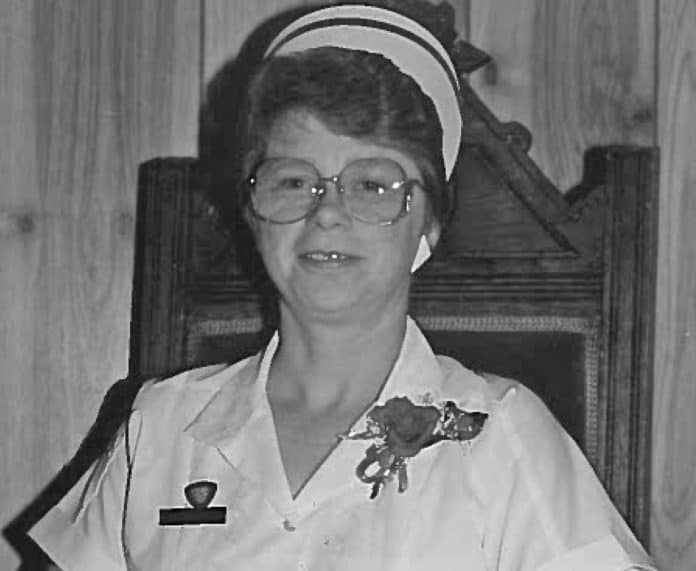School launching Indigenous environmental science degree program
GUELPH – Wiikwemkoong band member Dr. Jesse Popp has recently become chair of Indigenous Environmental Sciences at University of Guelph’s Ontario Agricultural College, where she will work on course development, teaching and mentoring students, Indigenous pedagogy and foster opportunities for land-based learning and as her school prepares to launch its bachelor of Indigenous environmental science and practice (BIESP) program this fall.
“As the first scientists on Turtle Island, Indigenous peoples have maintained strong relationships with the land, with all their relations, and have created diverse world views because Indigenous nations across the world all bring integral knowledge. By supporting programs like this, we support diversity, inclusion and advance science in the world,” Dr. Popp told The Expositor.
Weaving western and Indigenous knowledge systems and scientific practices has been uncommon in the past, a practice for which Dr. Popp has often advocated. Guelph is hailing this program as the first of its kind in Canada.
The Anishinaabe-kwe grew up in Sudbury and attended Laurentian University for a bachelor’s degree in wildlife habitat and ecology, then a master’s in biology and finally a doctorate in boreal ecology. During her PhD, she developed the first Indigenous science course in biology at that school.
After her own educational journey, she became an assistant professor at Mount Allison University in New Brunswick where she developed a minor program in Indigenous environmental science.
Although Guelph had already planned its upcoming BIESP program when she joined the faculty in September 2020, she will be able to offer input and shape the program as students begin the courses in fall 2021.
The programming in BIESP will feature elements like storytelling, sharing circles, medicine walks and discussions with elders. It is designed to accommodate people with and without Indigenous ancestry.
“There’s a lot of cool stuff. Up to this point we’re still developing that content and what exactly it will look like, but it will definitely be something incredible,” Dr. Popp said. “I wish we would see more universities taking approaches like this and at least developing or having more courses available that allow for (this style of learning).”
Western approaches often appear as default in science, and some people are quick to dismiss science from other traditions. However, Indigenous peoples have logged tremendous scientific achievement over millennia.
Dr. Popp quickly lists a few of the Indigenous scientific contributions that are still common in the western world.
These include domesticating three-fifths of the world’s presently cultivated crops, growing multiple species together for greater soil health, drying foods like jerky, developing pain-relievers that ultimately evolved into pills like aspirin, and a variety of technologies including kayaks, canoes, snowshoes, parkas, moccasins and rubber.
Early estimates show that graduates of programs like BIESP may be in high demand after graduation.
“There is a huge need right now for professionals who can enter the workforce and engage respectfully with communities, bringing together knowledge systems in a respectful, responsible way,” said Dr. Popp, citing some possible career options such as environmental consulting, working with First Nations on environmental projects, policymaking and further scientific education.
Dr. Popp’s educational style embraces Mi’kmaw elder Albert Marshall’s concept of two-eyed seeing, the notion that people can better understand the world by looking through two different lenses—in this case, braiding together western and Indigenous approaches.
This creates a more holistic viewpoint. Gaps of understanding are inherent to both models, so using them in conjunction can produce better information.
A broader understanding is more important than ever, says Dr. Popp, as the planet begins to deeply feel the effects of human-accelerated climate change, an existential crisis.
Including traditional teachings can make a science program more accessible to underrepresented demographics like Indigenous people. This may encourage more of those individuals to pursue higher education.
Dr. Popp said she hopes this change may create a new generation of Indigenous change-makers and environmental professionals who are empowered through their ways of knowing.
While this program will involve partnerships with First Nations, Dr. Popp said she is not yet certain how often students will collaborate with Island communities. Dr. Popp has worked extensively with Wiikwemkoong for her own research and added that she is very open to discussing such collaborations with Island communities.
Wiikwemkoong’s lands director John Manitowabi did not comment specifically on the new program, as he had not seen the full details of what courses it would involve, but said the idea of a program of this nature was very welcome.
“I think having (Dr. Popp) as part of this is a great step. It’s very beneficial to have one of our community members who’s gone to school and received a doctorate in that field, and that Guelph has acknowledged that it’s important,” Mr. Manitowabi said, adding that he has had good experiences working with the professor on past species-at-risk projects.
Dr. Popp said she is hopeful for how programs like this may effect change.
“We’re going to change science; we’re going to make it more inclusive and diverse so we can better address the huge environmental issues facing us. We’re going to tackle things together in collaboration, respectfully, and through working toward reconciliation,” she said.
The University of Guelph offers more than a dozen undergraduate level awards for students of Indigenous heritage. While it does not presently feature any awards specific to this program, a spokesperson said more scholarships and bursaries for Indigenous students were under development.





